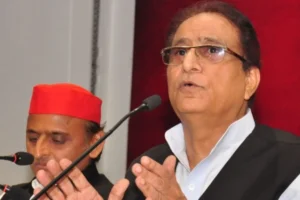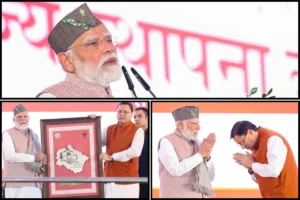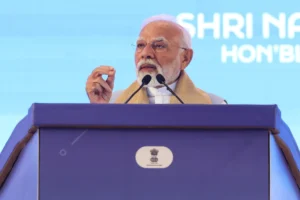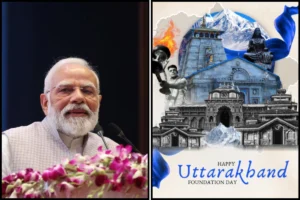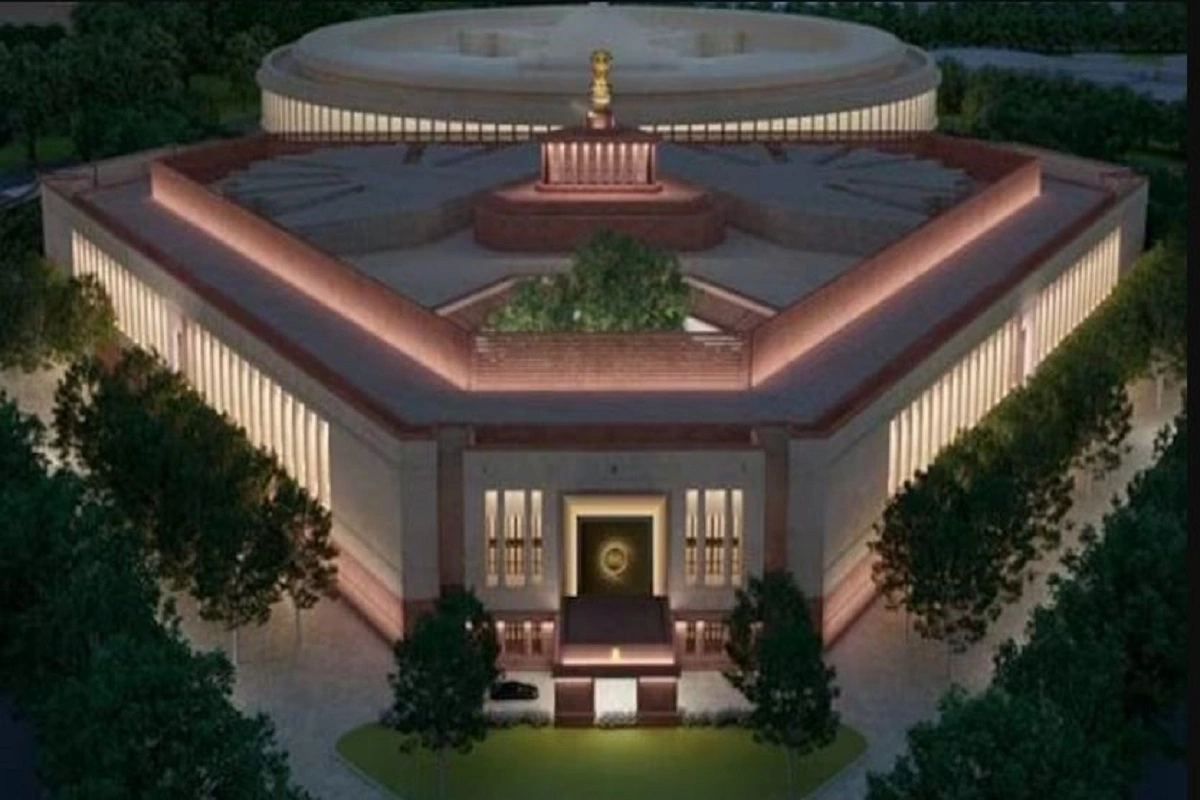
On Sunday, at the inauguration of the new Parliament, Prime Minister (PM) Narendra Modi will receive a Sengol, a golden scepter, from Tamil priests — a ceremony dating back to the Chola Empire and signifying the transfer of power from one king to another.
The government hopes the inauguration will represent Indian traditions, set a historical precedent, and reprise a similar ceremony 75 years ago when India’s first PM, Jawaharlal Nehru, accepted the same Sengol hours before his famous ‘tryst with destiny speech on the midnight of August 15, 1947, which represented the transfer of power from the British to self-rule by Indians.
Detailing the significance of Sunday’s ceremony, on Wednesday, Union Home Minister Amit Shah said C Rajagopalachari suggested to Nehru the Chola ritual involving the Sengol to signify the transfer of power from Viceroy Lord Mountbatten.
Shah said Nehru accepted the Sengol in the presence of Rajendra Prasad, later to be India’s first President, and others, an event recorded by newspapers, including Time magazine, but forgotten later. The Sengol lay at Prayagraj’s Allahabad Museum for the last seven decades.
Shah said the purpose of the installation was clear then and is evident even now.
A power transfer is not merely a handshake or signing of a document but must be a bridge between tradition and modernity, the home minister said. He said the new Parliament building proves the PM’s far-sightedness and is a glorious attempt to link New India with its civilizational heritage and tradition. A symbol of righteous rule, the Sengol will be installed near the Speaker’s chair, he said.
Sengol is rooted in the Tamil word ‘Semmai’, meaning righteousness. The historical staff was made of silver, coated with gold, and crowned with the sacred Nandi, with its unyielding gaze. The Nandi on top of the Sengol symbolizes ‘nyaya’, or justice.
“Sengol represents the same feeling that Nehru felt on August 14, 1947,” said Shah. At the inauguration, the PM will also honor the 60,000 workers who worked on constructing the new structure.
To read more such news, download Bharat Express news apps







